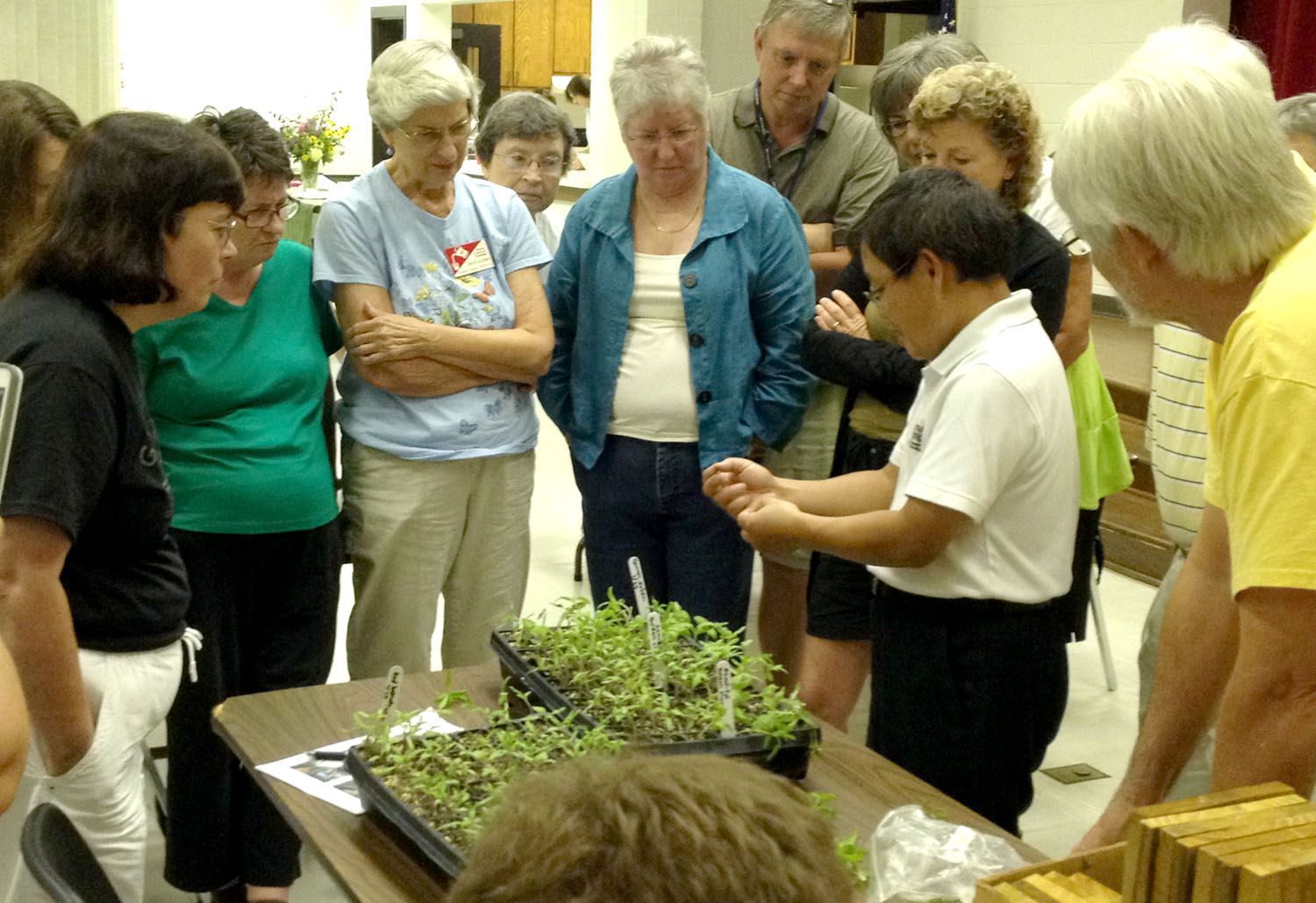Grafting can solve a number of problems
Published 12:00 am Friday, August 22, 2014
Cooperative Extension employees get the latest research information and it is our job to share that information with the citizens of the county. One of those situations of sharing happened last week.
Our latest program was teaching individuals how to graft tomatoes and what makes grafting them important. Dr. Sanjun Gu is the horticulture specialist at North Carolina Agriculture & Technical State University in Greensboro. His latest projects include work with high tunnels, grafting cucumbers and tomatoes, and working with small farms.
We were lucky to have him present a program on grafting tomatoes and its history. We learned that grafting vegetables has been used in Asian countries for many centuries, but this is a new technology for the United States. Grafting tomatoes has helped reduce diseases and cracks and provides a better tomato.
The Extension Master Gardener Association wanted to learn more about grafted tomatoes because they had recently performed a tomato trial at the Cooperative Extension office. From the trial, the Extension Master Gardeners witnessed vigorous growth, fewer cracks, increased production and less disease earlier in the season.
From Gu’s presentation, the attendants learned how to graft tomatoes. They learned how to graft an heirloom tomato on a commercial rootstock. Gu said that for first-timers it was important to practice grafting on cheaper rootstock such as a commercial variety of cherry tomatoes to get a good technique.
Grafting tomatoes is fairly simple. All you need is a clean sharp razor blade, rootstock and heirloom tomatoes with about the same diameter stems, clips and a “healing” chamber. The most difficult part is growing the rootstocks and heirloom tomatoes to be about the same size. Once you have the materials, you cut in the middle of the tomatoes, removing the tops of the rootstock and the bottom of the heirloom, then connect them with a clip.
Once finished, you place them in a healing chamber. A healing chamber is usually built inside of a greenhouse. It does not have to be large, but the chamber needs to have a humidifier and be able to be covered with clear and dark plastic. The grafted tomatoes will stay in the healing chamber for a few days to a few weeks to make sure the wound heals.
After healing you harden the plants off, like you would transplants, and once hardened you can then plant. Be sure to remove suckers because the rootstock is very vigorous. Then you can enjoy your heirloom tomatoes with less disease and crack issues.
Gu also said there is more research with grafting cucumbers, squash and other vegetables. Maybe in the future we can have a program on how to graft other vegetables.
For more information on grafted tomatoes, please call the Extension office at 704-216-8970.
For more information on the topics discussed, visit these links: Grafted tomatoes — http://growingsmallfarms.ces.ncsu.edu/growingsmallfarms-2008tomatografting/





